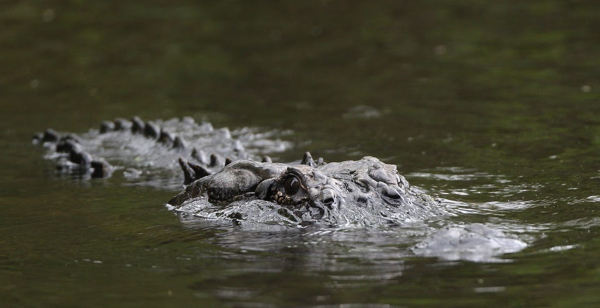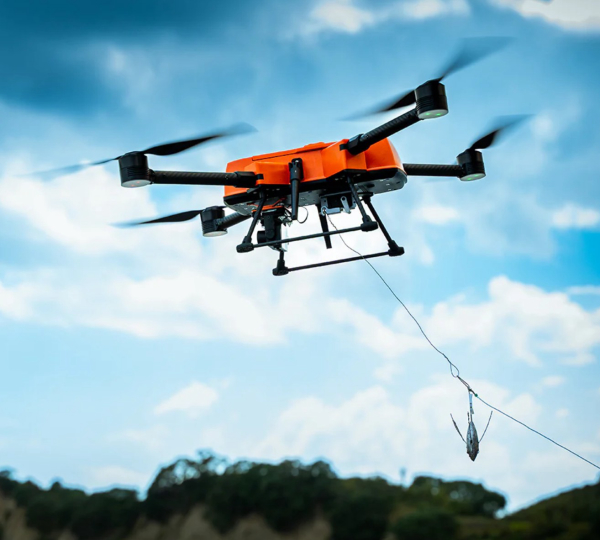
It’s been a challenging few weeks for Floridians who enjoy the outdoors, with the state’s first ever bear-human fatality near Jerome, in the Everglades, as well as a fatal gator attack on a canoeist at Lake Kissimmee, south of Orlando.
What might well have been a third casualty, at Pensacola Beach, saw intervention from above, literally.
The bear attack appears to have been a case of conditioned black bears hanging around an isolated homestead and eventually crossing the line from being panhandlers to aggressively invading the home. Florida Fish & Wildlife officers report the 89 year old resident had been killed and partially eaten by a bear. FWC later killed three bears in close proximity to the home, but only one of them had human remains in its system.
The lesson here is obvious—while black bears are mostly like overgrown raccoons in their behavior, eating whatever they can get their paws on but not usually aggressive toward humans, they have the power and the potential to become killers.
Keeping bears away is usually a matter of making sure there’s no garbage, pet food, bird feeders or other attractants around the home in bear country, but sometimes there are just problem bears. And of course a surprise encounter at close range can also provoke an attack.
Florida has a rapidly increasing bear population these days, too, result of a 30-year ban on bear hunting. Despite the booming human population, bears are thriving in the Everglades, in Ocala National Forest, and in the woods of the northern Panhandle these days, with the overall population thought to be around 4,000, up from just a few hundred at its lowest.
And with the state’s human population continuing to swell into bear habitat, lots more encounters are a certainty—though hopefully none will have the tragic end of this one.
The Kissimmee gator attack was apparently a case of wrong place/wrong time for the unfortunate woman canoeist.

She and her husband were canoeing along a shallow, grassy shoreline when the 14’ canoe passed over a large gator, reported to be 10 to 11 feet long, lying on bottom in less than 3 feet of water.
The gator spooked, swamping the canoe. The woman, 61-year-old Cynthia Diekema of Davenport, Florida, landed right on top of the big reptile and had no chance—it clamped down on her and dragged her under despite her husband’s attempts to save her. An FWC alligator trapper later caught two gators over 10’ long in the immediate area where her body was recovered.
A pleasant outing turned into an unthinkable tragedy that seemed very unlikely. Yet, with Florida’s huge alligator population—over 1 million despite annual hunting seasons—these incidents do happen, reminding all of us that caution is a must anywhere in gator country—which is now pretty much any inland water body throughout the southeast.
The surf rescue was a case of right place right time for the rescued 12-year-old girl.
The 12-year-old unwisely ventured into the surf at Pensacola Beach on a double red flag warning day with a roaring surf and foaming rip currents everywhere.
Not surprisingly, she was quickly swept offshore.
Fortunately in this case, there was an unlikely hero: Beach shark angler Andrew Smith was setting up his gear for a night of catch-and-release sharking.
Smith and his pals routinely haul 500-pound sharks onto the sand here, video them and then release them. And the equipment they use was key in the girl’s rescue.

The anglers use four-motor SwellPro drones with remote drop systems to carry large chunks of bait far offshore and drop it where the sharks hang out, typically beyond the outer bars in 20’ of water or more.
Smith saw the girl in distress and also noticed the rescue floats on a nearby lifeguard tower, which was unoccupied since the beach was closed due to the double red flags. He quickly hitched one of the floats to his drop system and sent the drone out beyond the breakers where the panicked girl struggled to stay afloat.
But the first one missed, dropping too far from her to do any good.
Smith quickly brought the drone back to the beach, reloaded with the second float and sent it seaward. This time, he maneuvered the drone down to just above the sea, amazingly putting the float right into her hands. You can see the remarkable video here: https://www.youtube.com/watch?v=okKEHhYXEKg.
She hung on and drifted with the flow until a surf rescue team from Escambia County Fire Rescue arrived to bring her back to shore shortly before dark.
Thus, what appeared certain to be yet another Sunshine State tragedy was averted—by intervention from above.
— Frank Sargeant
Frankmako1@gmail.com